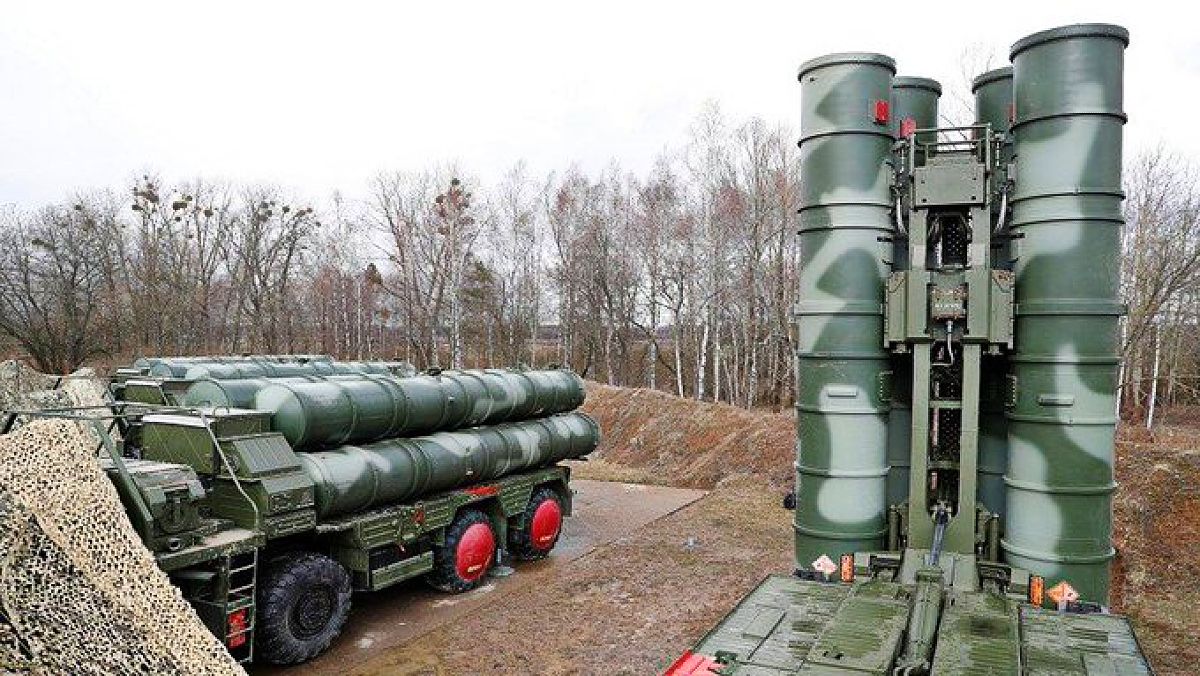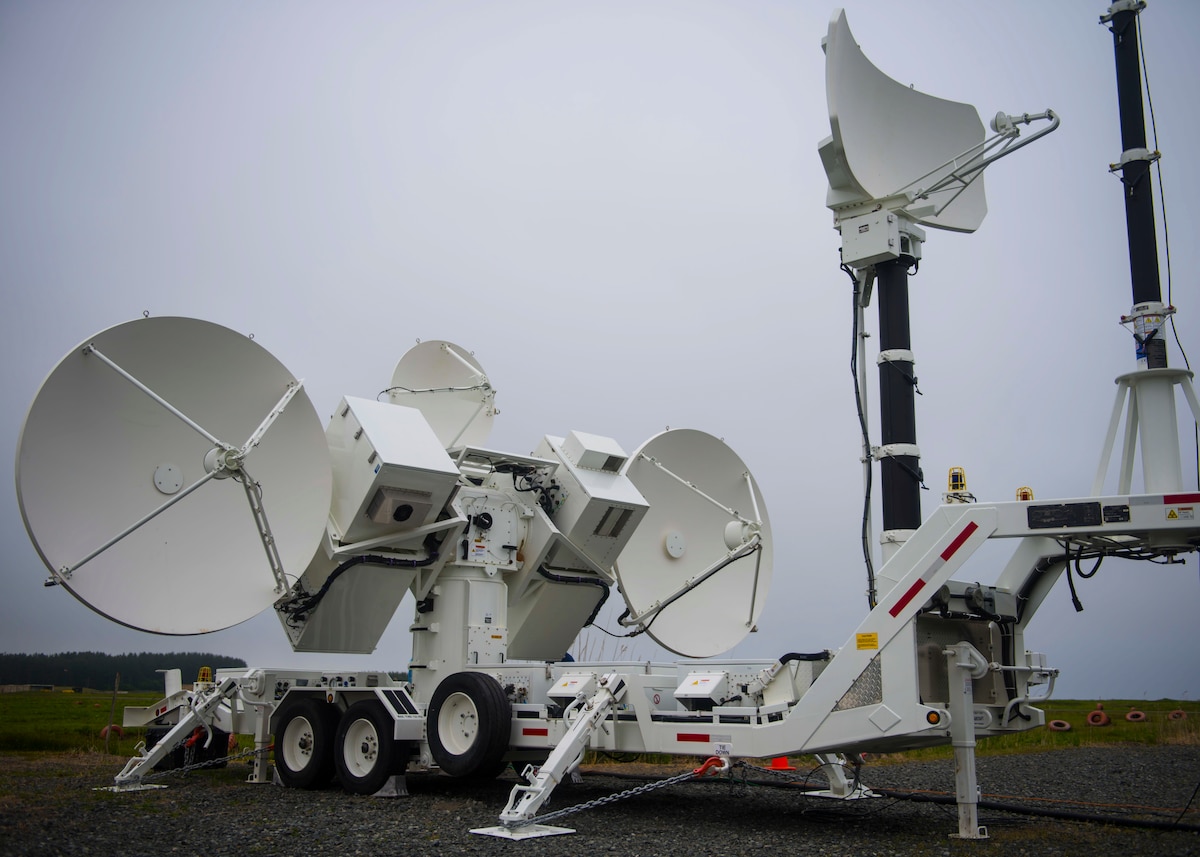The US has delivered Ukraine with ‘threat emitters’ or what can also be called fake radars intended to confuse Russian fighter pilots to make up for the loss of Ukraine’s diminishing inventory of surface-to-air missile systems.
More than ten months into the war, the Russian Aerospace Forces (VKS), which is numerically and technologically superior to Ukraine’s air force, has still not managed to gain complete control over Ukrainian airspace.
As EurAsian Times discussed earlier, the war in the air domain was not as much about air superiority for Ukraine as it was about denying airspace to Russian combat aviation assets by using an array of air defense systems.
Ukraine fielded medium and long-range air defenses, like the S-300s and Buk-M1s, which forced the Russian fighter jets to fly at altitudes below 4500 meters, right into the range of the man-portable air defense systems (MANPADS) that have accounted for a significant number of shoot-downs of Russian aircraft.
However, as of present, Ukraine’s inventory of these SAMs and launchers for the SAMs appears to be dwindling at a rate that could potentially present a massive problem for the Ukrainian military.
Ukraine Losing S-300s Rapidly!
Ukraine has lost around 36 S-300 launchers so far, according to the figures compiled by the military tracking blog Oryx based on visual confirmations. It is possible that the actual number of losses may be higher.
Reports in July suggested that Ukraine’s air defenders are losing S-300 launchers at a rate of at least three or four a week.

Additionally, in recent months, the Russian military has repeatedly been filling the Ukrainian skies with a salvo of missiles and loitering munitions to overwhelm the Ukrainian air defense systems, which has been depleting Ukraine’s stockpile of surface-to-air missiles at a heavy rate.
Therefore, as recently announced by Ukrainian Defense Minister Oleksii Reznikov, Kyiv is in discussions with other countries to replenish Ukraine’s stock of S-300 missiles.
“S-300, they work very well. The fact is that they were not made in Ukraine; that is, we do not have S-300 missiles, so we use stocks. Therefore, with colleagues-ministers of defense of countries in which there are also S-300, we are negotiating the possibility of replenishing this reserve of missiles from their warehouses and arsenals,” Reznikov said.
It appears that the US may have provided threat suppliers to Ukraine to bolster its air defenses until Kyiv finds another source of S-300 systems.
US Provides Ukraine With Fake S-300 Radars?
The supply of threat emitters by the US to Ukraine was first reported by Aviation Week on December 4. Threat emitters emit a radio signal similar to an air defense radar without having the same signal-processing systems.
Militaries generally use them for training their aircrews to identify and react to threats in simulated combat scenarios, where pilots learn the signatures of hostile aircraft and missiles and get to know how their sensors would detect such threats in real-world circumstances.
One such system is the Joint Threat Emitter developed by Northrop Grumman. It comprises a command unit operated by soldiers and trailer-mounted radar threat emitters. A command unit can control up to 12 different threat emitters, and each emitter can simulate up to six threats simultaneously.

However, when deployed in an actual conflict, these threat emitters could fool an enemy fighter pilot by giving them the impression that local defenses are more powerful than they actually are, thereby potentially dissuading them from conducting a raid.
Employing threat emitters is just a tactic of deception, one that Russia and Ukraine have used against one another since the start of the war by deploying mock-ups or dummies of weapon systems like HIMARS and S-300 air defense systems, as discussed previously at great length by EurAsian Times.
?♂️?♂️?♂️?♂️ «Голый пистолет»пересняли.
— ????Дядя Хаим???? (@IsraelThreads) August 10, 2022
It is not clear yet, exactly which threat the emitters provided to Ukraine would be replicating. Reports suggest the threat emitters in question could be replicating the 36D6M1-1 air defense radar sold to the US Army in 2018 by Iskra, a Ukrainian radar manufacturing company.
The 36D6M1-1, also dubbed as ‘Tin Shield,’ is a mobile 3D air space surveillance radar capable of detecting low-flying air targets under active and passive jamming protection. It is said to be associated with the S-300 air defense system.

The Chief of Staff of the US Air Force (USAF), General Charles Q. Brown Jr., reportedly said that providing threat emitters to Ukraine is an example of how the Pentagon can find quick ways to address problems during a crisis while also pointing out the delivery of Raytheon AGM-88 High-speed Anti-Radiation Missiles (HARM) to Ukraine in August.
Brown said that before the Russian invasion of Ukraine, the idea of modifying a HARM to integrate it with a Mikoyan MiG-29 would have been immediately dismissed as very difficult, but in the face of crisis, the Pentagon and contractors managed to make it work.
“So there are ways to work with industry and those who actually build systems to figure out the details and move forward in certain areas because of a need and driving a sense of urgency,” Brown was cited as saying by Aviation Week.
The military and industry need to continue doing this thing and not “go back to our regularly scheduled program,” he continued. “We’ve got to think crisis-like ahead of a crisis so that we are better postured and prepared.”
- Contact the author at tanmaykadam700@gmail.com
- Follow EurAsian Times on Google News




